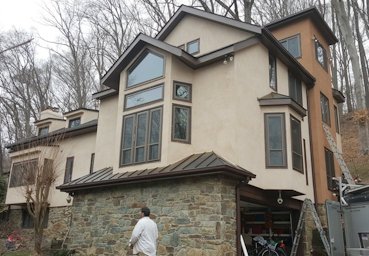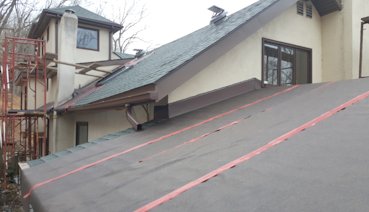
EIFS replaced with REAL cement stucco in Bethesda
Here's how we did it:

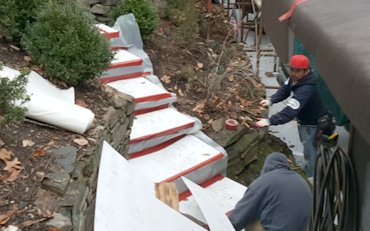
Sidewalks, stairways, etc. are covered with corex, a corrugated plastic.
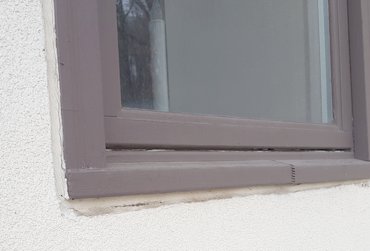
All the windows were replaced. EIFS traps water against windows cause them to rot and distort.
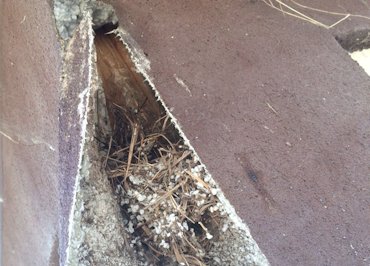
These bird's nests are usually sparrows, in this case, a larger bird.
Contrary to popular belief, these aren't woodpecker holes. A woodpecker leaves an irregular shaped hole, looking for insect larvae, and not building a nest.
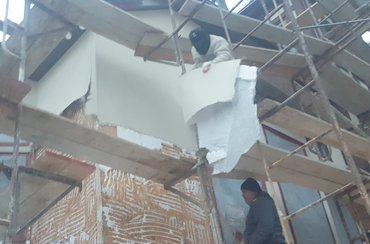
EIFS is peeled off and thrown into the dumpster.
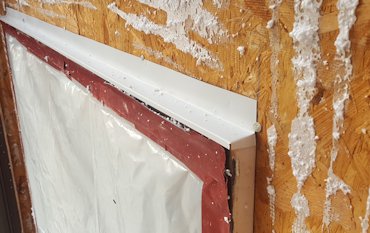
We put on metal flashing over the windows.
Later, a metal wrap goes on, slid up underneath the flashing.

We made a kickout flashing to divert water into the gutters.
Kickout flashing is slid behind the step flashing.
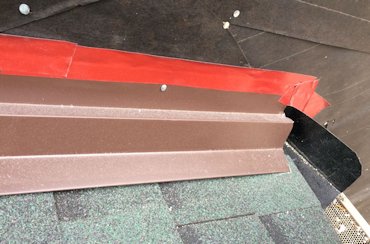
The step flashing is covered with a counter flashing.
The top of the counter flashing is sealed to the first layer of tar paper with tape.
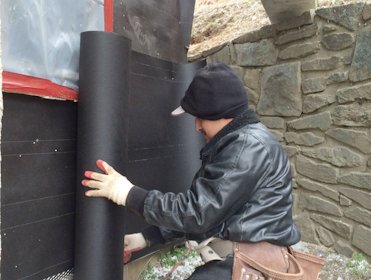
The second layer of tar paper is put on from the bottom up.
Care is used to make sure the joints aren't in the same place.
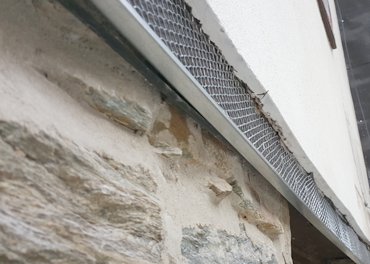
The original house was stuccoed in the 1970's. Here, the plaster stop is replaced.
Note the stop is 3/4". REAL stucco is supposed to be 3/4" or more, not 1/2" or 1/4".
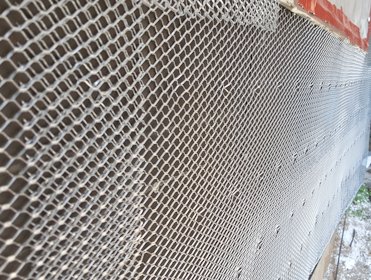
Of course, we use self furring lath.
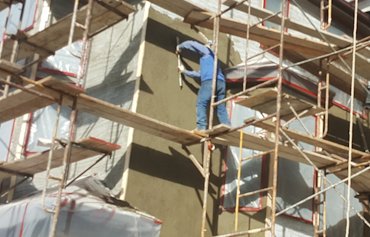
Brown coat straightened with 4 foot and 6 foot rods.
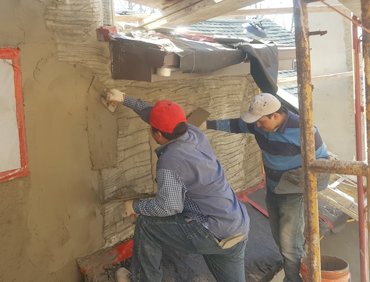
Brown coat after the scratch coat has set up for two days.
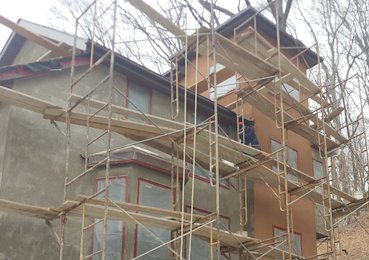
The tower is finished first with interface tan.
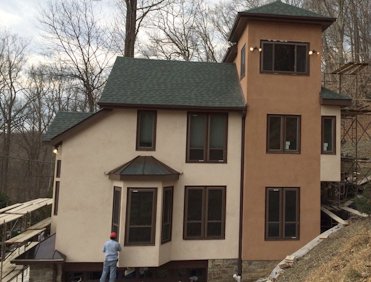
The rest off the house used a lighter color. Note how the different color makes the house look taller.
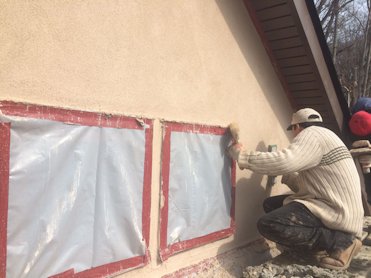
Color is same as we used on Howard's house.
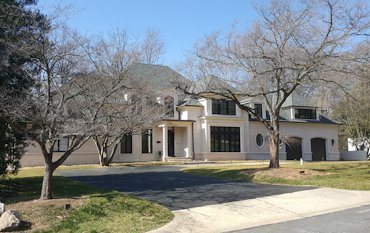
I finally got a good picture of Howard's house.
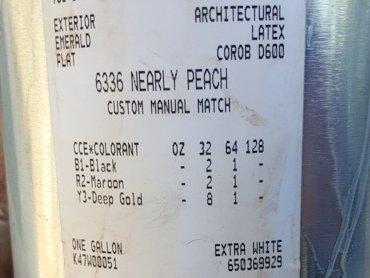
My secret formula is Nearly Peach with a lot of black to take out the peachy-ness.
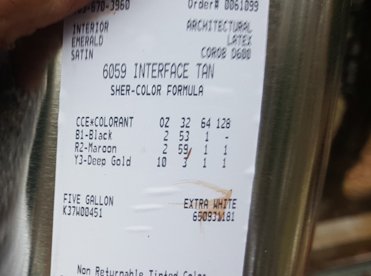
The color for the tower is Interface Tan.
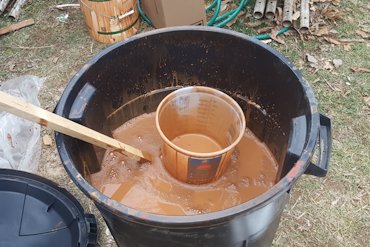
We mixed our liquid mix with the color 20 gallons at a time.
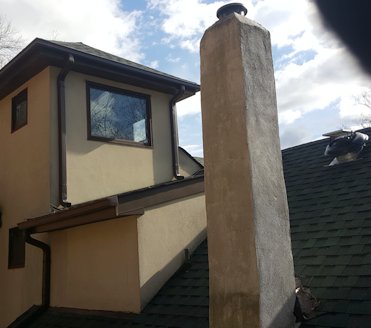
Chimney before.
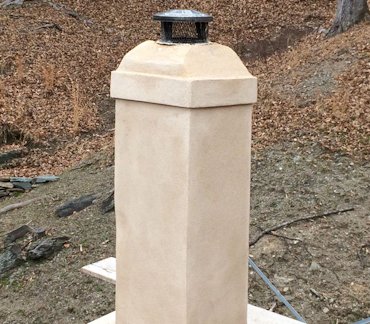
Chimney after.

Another view of the finished house.
